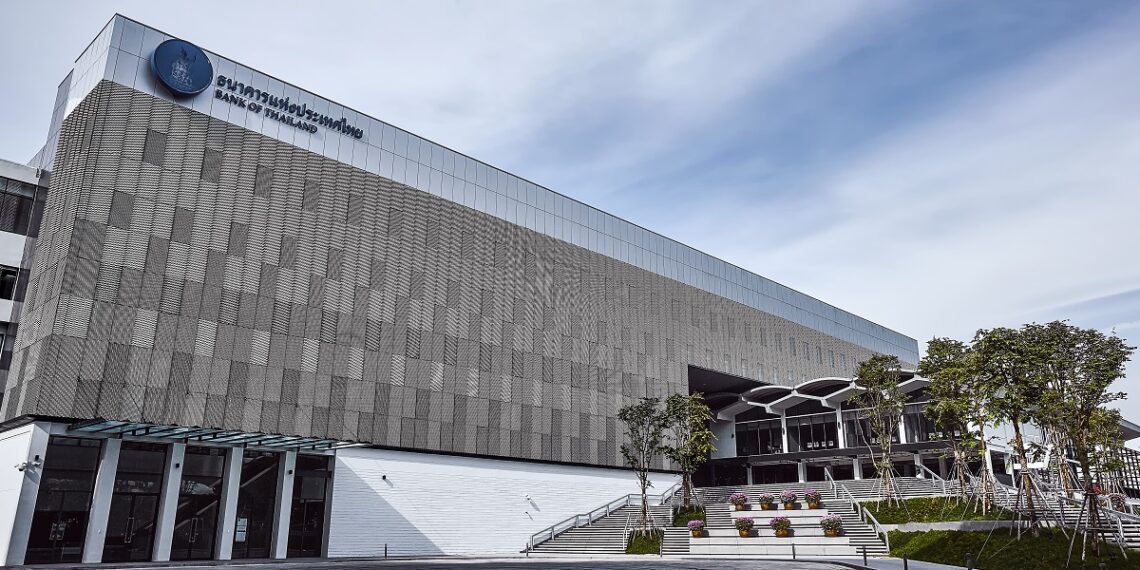No products in the basket.
In April, the Thai economy saw improvement, bolstered by growth in the service sector due to an increase in tourist arrivals. There was a rise in domestic demand, marked by an upswing in private consumption and investment. Additionally, exports, inflation, and the labor market exhibited encouraging indicators.
Key Takeaways
- The Thai economy saw an increase in foreign tourist arrivals and tourism revenue, particularly from Muslim tourists, Chinese, and Russian visitors, following the end of Ramadan and a rebound in the tourism sector.
- Private consumption indicators showed growth across major categories, driven by increased spending on services, non-durable goods, and durable goods, although consumer confidence was slightly impacted by concerns over economic recovery and higher living costs.
- Private investment indicators exhibited growth, with increased investment in machinery and equipment, construction, and a rise in the manufacturing production index, despite some declines in merchandise exports and imports.
Summary
- The Thai economy improved from the previous month with a continued expansion in the service sector thanks to an improvement in tourist arrivals and revenue, following an end of the Ramadan fasting season. In terms of domestic demand, both private consumption and investment picked up after a slowdown in the preceding period. Exports of goods, excluding gold, increased in several categories and was in line with higher manufacturing production. However, government spending continued to contract due to the delay of the Budget Act, B.E. 2567, while investment from state-owned enterprises displayed a good expansion thanks to a front-loaded disbursement of utility projects.
- On the economic stability front, headline inflation turned positive from higher raw food prices in vegetable and pork. Energy inflation also increased due to higher benzene and diesel prices, which picked up after the reduction measures of excise tax came to an end. Core inflation remained stable from the previous month. The current account was approximately balanced with trade surplus being offset by a deficit in the service, income and transfers. The labor market slightly improved mainly from higher employment in service sector.
Source : https://www.bot.or.th/en/news-and-media/news/news-20240531.html
Discover more from Thailand Business News
Subscribe to get the latest posts sent to your email.













